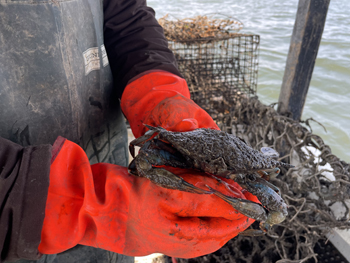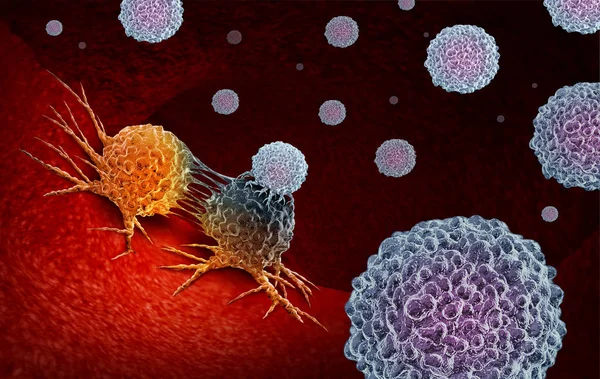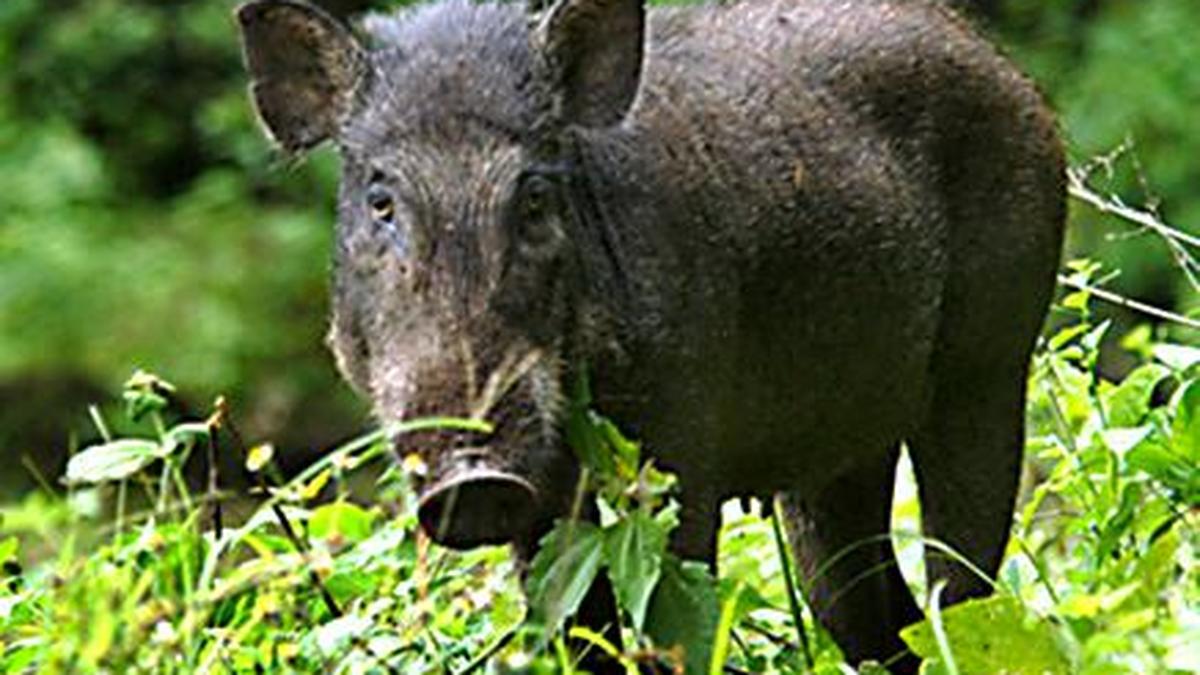Introduction of exotic species: causes and consequences – evidencenetwork.ca

Report on the Introduction of Invasive Alien Species and Implications for Sustainable Development Goals
The introduction and spread of alien species represent a significant threat to global biodiversity and the achievement of the United Nations Sustainable Development Goals (SDGs). This report analyzes the classifications of introduced species, the drivers of their proliferation, and their multifaceted consequences, with a direct focus on their impact on SDGs 14, 15, and related socio-economic goals.
Defining Species Classifications in an Ecological Context
Exotic Species
An exotic species, also referred to as an introduced or non-native species, is an organism that has been transported and established outside its natural historical distribution range. The successful establishment of an exotic species depends on its ability to overcome a series of environmental filters in the new ecosystem, including survival and reproduction. Not all exotic species are detrimental; for instance, agricultural staples like potatoes and corn are exotic species that do not cause negative ecological disruption in their introduced environments.
Invasive Alien Species (IAS)
A species becomes classified as invasive when its introduction and/or spread threatens biological diversity. This occurs when an exotic species successfully adapts, reproduces, and increases its population to a degree that it alters the composition, structure, or processes of the host ecosystem. Native species, which have not co-evolved with the invader, are often unable to compete for resources, leading to their displacement or extinction. The proliferation of Invasive Alien Species (IAS) is a primary driver of biodiversity loss, directly undermining the objectives of SDG 15 (Life on Land) and SDG 14 (Life Below Water).
Drivers of Introduction: A Challenge to Sustainable Practices
The introduction of exotic species is predominantly an anthropogenic phenomenon, stemming from activities that conflict with principles of sustainable development.
Primary Causes Linked to Global Activity
- Global Trade and Transport: The expansion of international trade and transport serves as a primary vector for unintentional introductions. Species like the zebra mussel are transported on ship hulls, highlighting a direct conflict between economic activity and the targets of SDG 14 and SDG 15.
- Trade in Exotic Species: The demand for exotic pets, ornamental plants, and species for fur farming drives intentional introductions. This directly relates to SDG 12 (Responsible Consumption and Production), as unsustainable consumer choices can lead to accidental releases and subsequent invasions by species like the Florida turtle, raccoon, or Argentine monk parakeet.
- Economic and Recreational Activities: Species are often introduced to support activities such as recreational fishing (e.g., wels catfish) or horticulture (e.g., ailanthus). These actions prioritize short-term economic or leisure benefits over long-term ecological stability, challenging the integrated nature of the SDGs.
Consequences for Sustainable Development
The impact of Invasive Alien Species extends beyond ecological disruption, creating significant barriers to achieving multiple Sustainable Development Goals.
Ecological and Biodiversity Impacts
- Biodiversity Loss: IAS are a leading cause of species extinction and ecosystem degradation. By outcompeting native flora and fauna, they reduce local biodiversity, directly contravening Target 15.8 of SDG 15, which calls for measures to prevent the introduction and reduce the impact of invasive alien species on land and water ecosystems.
- Ecosystem Disruption: The presence of IAS can denature an ecosystem, altering food webs and nutrient cycles. This destabilization compromises the resilience of both terrestrial and aquatic habitats, affecting the services they provide and hindering the goals of SDG 15 (Life on Land) and SDG 14 (Life Below Water).
Socio-Economic and Health Impacts
- Economic Damage: IAS inflict severe economic costs on sectors such as agriculture, forestry, and fisheries, thereby impeding progress toward SDG 8 (Decent Work and Economic Growth). The high cost associated with the control and eradication of established invasions further diverts resources from other development priorities.
- Public Health Threats: Certain invasive species, such as the Asian tiger mosquito (Aedes albopictus) and the Asian hornet (Vespa velutina), act as vectors for disease or pose direct threats to human safety. This creates public health crises that challenge the attainment of SDG 3 (Good Health and Well-being).
Case Study: Invasive Alien Species in Spain
Spain provides a clear example of the national-level challenges posed by IAS, with numerous species listed in its “Spanish Catalogue of Invasive Exotic Species.” The presence of these species undermines national efforts to meet SDG commitments.
Examples of Invasive Animal Species
- Florida Pond Slider (Trachemys scripta elegans)
- American Bullfrog (Lithobates catesbeianus)
- Monk Parakeet (Myiopsitta monachus)
- Raccoon (Procyon lotor)
- American Mink (Neovison vison)
- Red Swamp Crayfish (Procambarus clarkii)
- Wels Catfish (Silurus glanis)
Examples of Invasive Plant Species
- Tree of Heaven (Ailanthus altissima)
- Giant Reed (Arundo donax)
- Common Water Hyacinth (Eichhornia crassipes)
- Pampas Grass (Cortaderia selloana)
- Black Bamboo (Phyllostachys nigra)
- Prickly Pear (Opuntia ficus-indica)
- Blue Gum (Eucalyptus globulus)
Analysis of Sustainable Development Goals (SDGs) in the Article
1. Which SDGs are addressed or connected to the issues highlighted in the article?
-
SDG 15: Life on Land
This is the most relevant SDG as the article’s core theme is the threat that invasive exotic species pose to terrestrial ecosystems. It explicitly discusses the “loss of biodiversity worldwide,” the “Death of native species,” and the degradation of natural habitats caused by these species.
-
SDG 14: Life Below Water
The article mentions the introduction of species into aquatic environments, such as turtles ending up in a “river or lake.” It also lists several invasive species that impact freshwater ecosystems, including the Florida turtle, Red Crab, and Siluro, directly connecting the issue to the health of life below water.
-
SDG 3: Good Health and Well-being
The article connects invasive species to public health risks, stating they have “serious direct effects in… public health” and citing specific examples like the “Asian wasp, Vespa Velutina” and the “tiger mosquito, Aedes albopictus,” which are known vectors for disease.
-
SDG 12: Responsible Consumption and Production
The article identifies human activities as the primary causes for the introduction of exotic species. These include the “Exotic species trade,” keeping them as “pets, which are subsequently abandoned,” “gardening,” and “Tourism and transportation.” These are all related to patterns of consumption and production.
2. What specific targets under those SDGs can be identified based on the article’s content?
-
Target 15.8:
“By 2020, introduce measures to prevent the introduction and significantly reduce the impact of invasive alien species on land and water ecosystems and control or eradicate the priority species.”
The entire article is dedicated to this target. It details the problem of invasive exotic species, their causes (introduction), and consequences (impact on ecosystems). The mention of the “Spanish catalog of invasive exotic species” is a direct example of a measure to control priority species.
-
Target 15.5:
“Take urgent and significant action to reduce the degradation of natural habitats, halt the loss of biodiversity and, by 2020, protect and prevent the extinction of threatened species.”
The article states that invasive species are “one of the main causes of the loss of biodiversity worldwide” and can cause the “Death of native species,” leading them to be “displaced or, in extreme cases, dying and extinguishing.” This directly aligns with the goal of halting biodiversity loss and preventing extinctions.
-
Target 3.d:
“Strengthen the capacity of all countries… for early warning, risk reduction and management of national and global health risks.”
By highlighting the public health dangers posed by species like the Asian wasp and tiger mosquito, the article implies the need for managing these health risks. The statement that “The best solution is to identify possible invasions… to prevent their growth from becoming a problem” is a call for early warning and risk reduction.
-
Target 12.8:
“By 2030, ensure that people everywhere have the relevant information and awareness for sustainable development and lifestyles in harmony with nature.”
The article itself serves as a tool for raising awareness. The introductory paragraph directly addresses the reader (“Be careful with what you have at home!”) and aims to educate on the consequences of actions like releasing pet turtles, promoting lifestyles that are more in harmony with nature.
3. Are there any indicators mentioned or implied in the article that can be used to measure progress towards the identified targets?
-
Indicator for Target 15.8 (Implied: 15.8.1):
The official indicator is “Proportion of countries adopting relevant national legislation and adequately resourcing the prevention or control of invasive alien species.” The article provides a direct example of this by mentioning the “Spanish catalog of invasive exotic species”, Approved by Royal Decree 630/2013. The existence and enforcement of such national legislation and catalogs serve as a clear indicator of progress.
-
Indicator for Target 15.5 (Implied):
Progress can be measured by tracking the number and population status of native species in ecosystems affected by invasive species. The article mentions the “Death of native species” and displacement. Therefore, a reduction in the rate of decline of native populations in these areas would indicate progress. The article also provides a list of specific invasive species in Spain (e.g., Ailanto, Raccoon, Red Crab), so tracking the spread and population of these invaders would be another key metric.
-
Indicator for Target 3.d (Implied):
The article points to public health threats from the Asian wasp and tiger mosquito. An implied indicator would be the number of reported public health incidents or disease cases directly linked to invasive species. A decrease in such incidents would signify progress in managing these health risks.
4. Summary Table of SDGs, Targets, and Indicators
| SDGs | Targets | Indicators (Identified or Implied in the Article) |
|---|---|---|
| SDG 15: Life on Land |
15.8: Prevent and reduce the impact of invasive alien species on land and water ecosystems.
15.5: Halt the loss of biodiversity and prevent the extinction of threatened species. |
Existence of national legislation and policies (e.g., the “Spanish catalog of invasive exotic species”).
Tracking the population status of native species in affected areas and the spread of specific invasive species listed in the article. |
| SDG 14: Life Below Water | (Related to 15.8) Reduce the impact of invasive alien species on water ecosystems. | Tracking the spread of invasive aquatic species mentioned, such as the Florida turtle, Red Crab, and Siluro. |
| SDG 3: Good Health and Well-being | 3.d: Strengthen capacity for early warning and management of national and global health risks. | Number of public health incidents or disease cases linked to invasive species (e.g., Asian wasp, tiger mosquito). |
| SDG 12: Responsible Consumption and Production | 12.8: Ensure people have relevant information and awareness for sustainable lifestyles. | Implementation of public awareness campaigns about the risks of releasing pets and the exotic species trade. |
Source: evidencenetwork.ca

What is Your Reaction?
 Like
0
Like
0
 Dislike
0
Dislike
0
 Love
0
Love
0
 Funny
0
Funny
0
 Angry
0
Angry
0
 Sad
0
Sad
0
 Wow
0
Wow
0

























_1.png?#)





















































